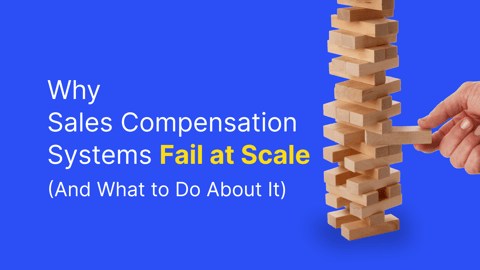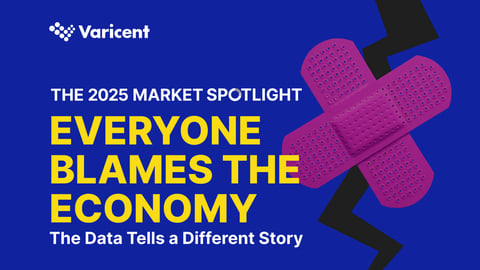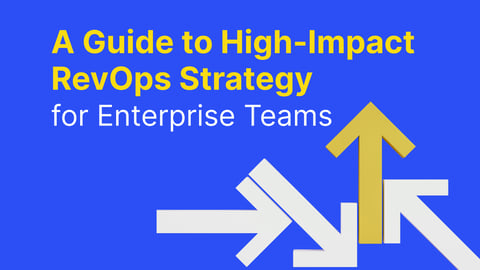Sales teams have a unique motivational challenge: no one likes to lose, but sales reps lose (a lot.) We’re going to walk you through why you should pay reps on pipeline losses to build resilience and focus, and reinforce the right selling behaviors.
You Won’t Win Every Deal
Do you expect to win all the deals in your sales pipeline? Probably not (and if you do, maybe it’s time to branch out to more customers!)
The reality is that even if your sales team goes through the right steps, you’re going to lose deals for a variety of reasons: competitors may be better suited to solve specific pain points, your champions might leave abruptly in the sales cycle, or that the customer has more pressing priorities.
But, this reality is rarely reflected in how we manage pipeline metrics, how we define jobs, and how we incent our teams. We tend to focus on winning each deal, not how to move through each deal to a conclusion, win or lose.
By narrowly defining performance through wins, we end up missing critical opportunities to learn from our losses and improve individual productivity.
Customer Rejection
Research shows that our brains perceive feedback as either a threat or a reward. A loss in a selling cycle is considered a social threat. It threatens our expertise, our standing with the customer, and our standing on our teams.
When neuroscientists conduct brain scans of people exposed to social threats, like a negative look or gesture, the images are nearly identical to people exposed to physical threats. In both threat scenarios, our bodies react in similar ways; our hearts race and our brains stop processing new information- we just get through the next steps. It’s the ‘fight or flight’ response. When reps keep hearing “no” from customers, it has this same kind of effect; loss of concentration and focus, and a decline in overall motivation.
These negative emotions compete with the cognitive resources that we need to learn. So, effectively, the negative feedback from the loss blocks us from learning from that situation and perpetuates the losing streak.
Using Losses to Create More Resilient Sales Behaviors
By paying on pipeline metrics, win or lose, you are providing positive feedback to counteract any potential negative feedback from the customer. Feedback from our “in-group” (i.e. our managers, our company) outweighs feedback from outsiders, which reduces the social threat of the pipeline loss and improves our ability to learn.
Moreover, research shows that learning from failure is a more important predictor of future success. Our brains naturally figure out strategies to avoid the same negative outcomes and improve the chances for success. Typically the changes are subtle, but over time and with some repetition, patterns emerge.
As a result, reps will own their learning much more concretely, and become more able to identify which approaches lead to success with different types of customers. Paying for these early losses is an investment in more success and increased productivity.
How to Pay On Pipeline Metrics
Hopefully, you are convinced, but how do you put it into action?
- Pick a Pipeline Stage. We recommend choosing one that is relatively high-volume, so there will be plenty of opportunities to learn.
- Choose 3 things you want to learn about your prospect at this stage. Don’t choose something lame like “Do they want to move to the next stage?” This could be qualification-related (BANT or MEDIC), or it could be solution feedback (like “What feature was most interesting to them?”, “What was most confusing to them?”) or it could be more attitudinal (how do they think about the problem you solve.)
- Create fields for those 3 things. Label the fields the exact question you want answered (i.e. “What other solutions are you considering?”) This small nudge makes it very easy for reps to incorporate in a conversation.
- Choose a flat amount to pay, and commit to paying for at least 6 months just for completing the stage, win or lose.
- Review the data. Read through a random sample of responses and start trying to categorize responses.
- Repeat!
In Conclusion
Adding a pipeline metric that you pay on (win or lose) will help your sales team learn from pipeline loss and, ultimately, improve their individual productivity and performance.
Book a demo with us today to see how design comp plans can reduce feedback-related negativity and improve your team’s productivity.




